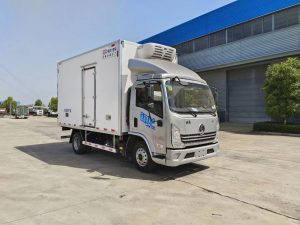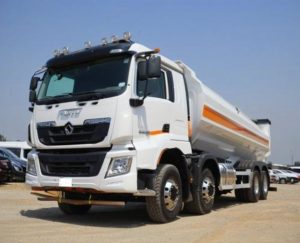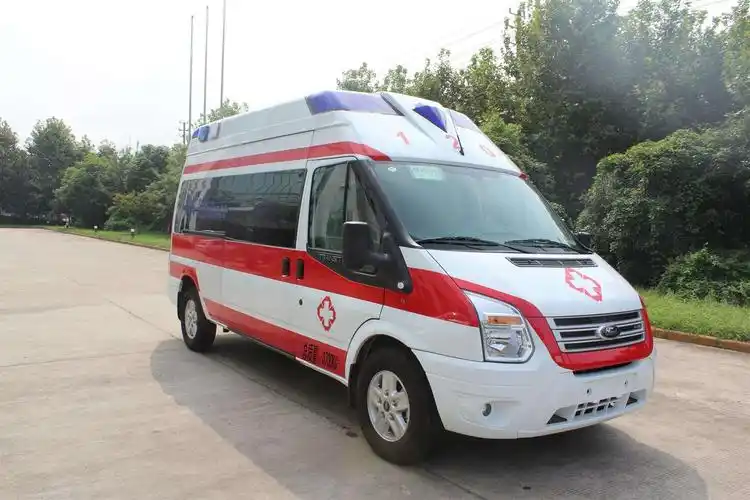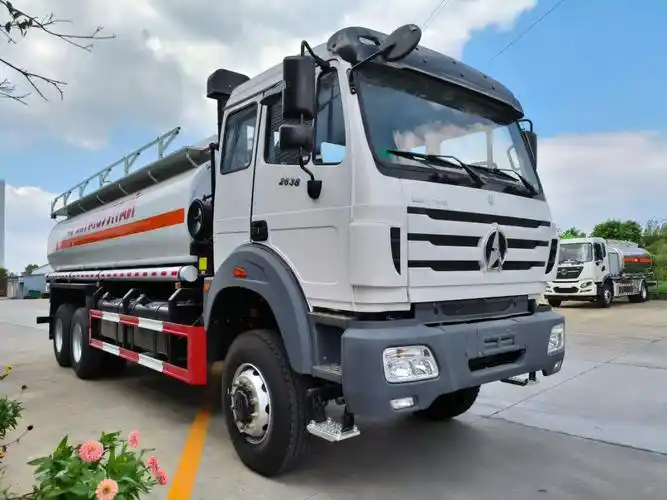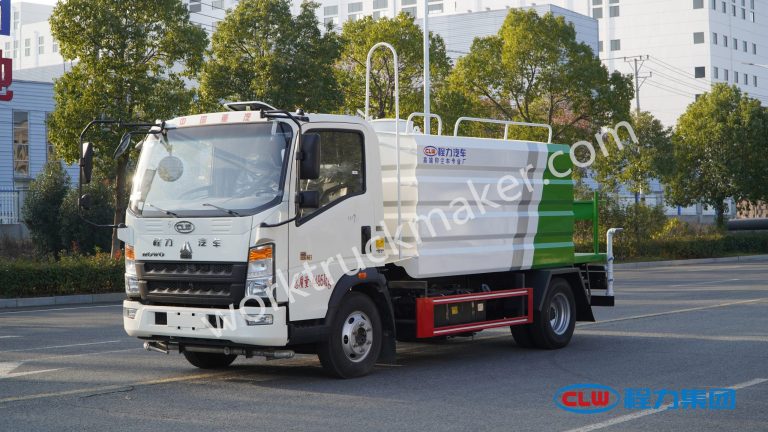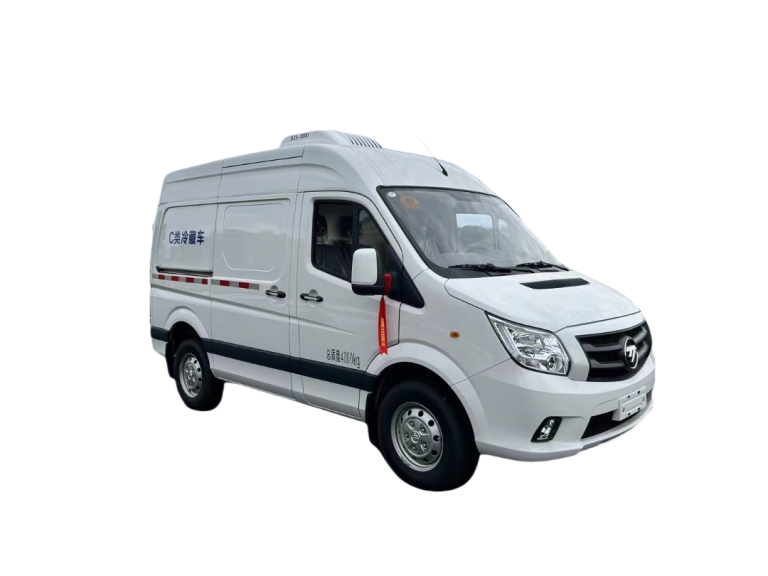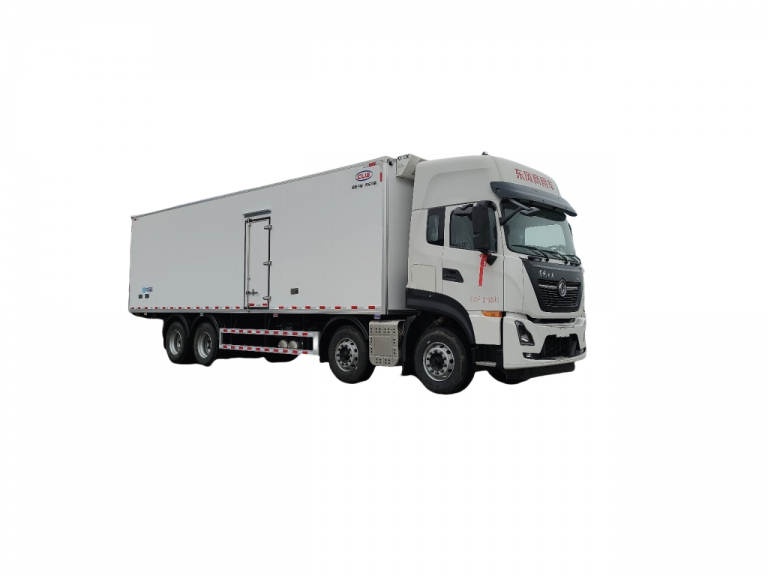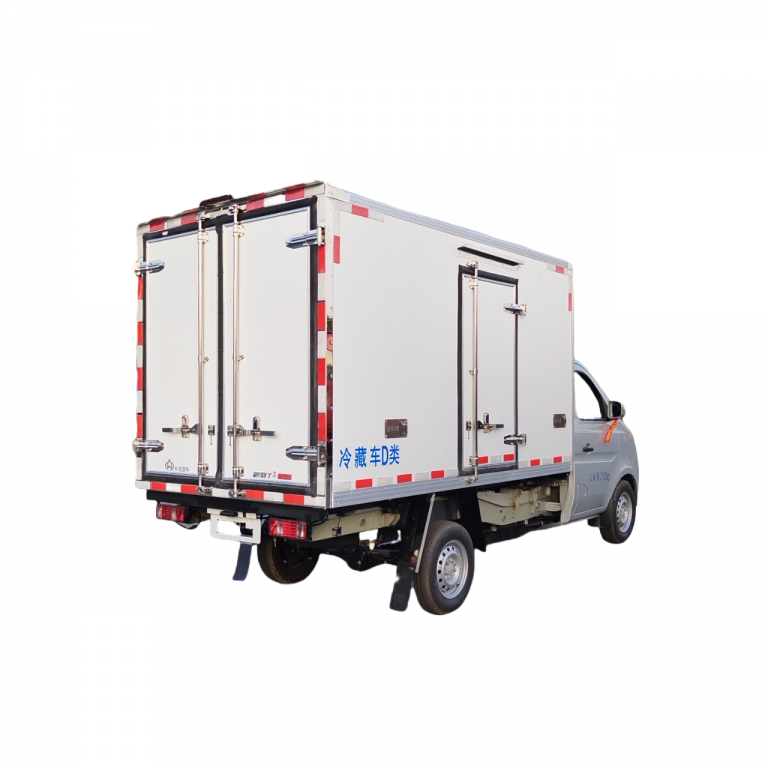Table of Contents
Toggle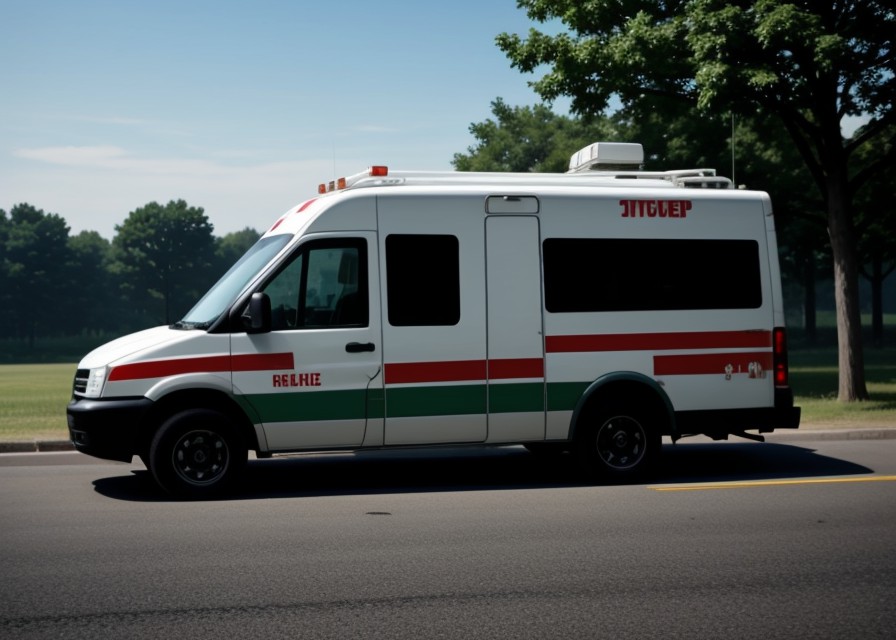
Introduction
Let’s face it; ambulances are lifesavers in more ways than one. Not only do they rush patients to hospitals in emergencies, but they’re also increasingly becoming a hot commodity in the market for used vehicles. Whether you’re a healthcare provider looking to expand your fleet or an entrepreneur with a creative repurposing idea, buying an ambulance can be a smart move.
Ambulances are built to high standards of safety and reliability, making them excellent candidates for a variety of uses beyond emergency medical services (EMS). In this article, we’ll dive into the ins and outs of purchasing an ambulance, covering everything from types and inspection tips to financing options and maintenance.
Why Buy an Ambulance?
You might be wondering, why on earth would anyone want to buy an ambulance? Well, the reasons are more varied than you might think. Let’s delve into some compelling reasons:
Cost-Effectiveness
Firstly, buying a used ambulance can be incredibly cost-effective compared to purchasing a brand-new one. New ambulances can cost upwards of $150,000, depending on the model and the equipment included. In contrast, used ambulances can be found for a fraction of that price, making them accessible for smaller healthcare providers or entrepreneurs on a budget.
Versatility and Adaptability
Ambulances are versatile vehicles that can be adapted for various purposes. They come with built-in features such as reinforced suspension systems, ample storage space, and advanced electrical systems. This makes them ideal for repurposing into mobile clinics, RVs, or even tiny homes. Their adaptability means that with some creativity and elbow grease, you can transform an old ambulance into something entirely new and unique.
Expanding Healthcare Services
For healthcare providers, expanding your fleet with used ambulances can enhance your ability to serve your community. Whether you need additional vehicles for patient transport, disaster response, or community outreach programs, used ambulances offer a cost-effective solution to meet these needs. Plus, having more ambulances at your disposal can improve response times and overall service quality.
Types of Ambulances for Sale
When you’re in the market for an ambulance, you’ll find several types available, each serving different needs:
Basic Life Support (BLS) Ambulances
These are your standard ambulances equipped with essential medical supplies and equipment for non-life-threatening situations. They’re perfect for patient transport and basic emergency care. BLS ambulances typically include items like oxygen tanks, stretchers, and basic first aid supplies. They’re staffed by Emergency Medical Technicians (EMTs) who can provide initial medical care during transport.
Advanced Life Support (ALS) Ambulances
ALS ambulances come with more advanced medical equipment and are staffed by paramedics trained to handle severe emergencies, including cardiac arrests and critical trauma cases. These vehicles are equipped with defibrillators, advanced airway management tools, and intravenous therapy supplies. ALS ambulances are essential for providing comprehensive pre-hospital care in life-threatening situations.
Specialty Ambulances
These are customized for specific needs, such as neonatal transport, bariatric patients, or even mobile clinics. Specialty ambulances can be tailored to meet unique healthcare demands. For example, neonatal transport ambulances are equipped with incubators and specialized monitoring equipment to safely transport premature infants. Bariatric ambulances have reinforced structures and specialized equipment to accommodate larger patients comfortably.
Factors to Consider When Buying an Ambulance
So, you’ve decided to take the plunge, but what should you look out for? Here are some key factors to consider:
Condition and Mileage
Just like any used vehicle, the condition and mileage of the ambulance are crucial. Look for a well-maintained vehicle with reasonable mileage to ensure longevity and reliability. Check for signs of wear and tear on both the exterior and interior of the vehicle. Pay close attention to the engine’s condition and ensure that it has been regularly serviced.
Medical Equipment Included
Check what medical equipment comes with the ambulance. Some might include essential tools like defibrillators, stretchers, and oxygen tanks, which can save you money in the long run. Ensure that all included equipment is in good working order and meets current medical standards.
Compliance with Local Regulations
Make sure the ambulance meets all local regulations and standards. This can vary depending on your location, so it’s essential to do your homework. Check with local health authorities to ensure that the vehicle complies with all necessary certifications and requirements.
Where to Find Ambulances for Sale
Now that you know what to look for, where do you actually find these ambulances? Here are some options:
Online Marketplaces
Websites like eBay, Craigslist, and specialized medical equipment sites often have listings for used ambulances. These platforms allow you to compare prices and features easily. Be sure to read seller reviews and verify the credibility of the listing before making a purchase.
Auctions
Government auctions or online auction sites can be a goldmine for finding well-maintained ambulances at competitive prices. Just be prepared to act quickly! Auctions often require fast decision-making and immediate payment upon winning a bid.
Specialty Dealers
Some dealers specialize in selling used medical vehicles. They often provide warranties and can offer more detailed information about the vehicle’s history and condition. Purchasing from a reputable dealer can provide peace of mind and additional support throughout the buying process.
Inspection Tips Before Purchase
Before you hand over your hard-earned cash, make sure to thoroughly inspect the ambulance:
Checking the Engine and Mechanical Parts
Ensure that the engine is in good working order and check for any signs of wear or damage in mechanical parts like brakes, tires, and suspension. Listen for unusual noises during a test drive and check for fluid leaks under the vehicle.
Inspecting the Interior and Medical Equipment
The interior should be clean and well-maintained. Test all included medical equipment to ensure it’s functional and up-to-date. Check for any signs of damage or wear on seats, cabinets, and storage compartments.
Verifying Service Records
Ask for the service records to get an idea of how well the ambulance has been maintained over its lifespan. Regular servicing is a good sign of a reliable vehicle. Look for records of oil changes, brake replacements, and other routine maintenance tasks.
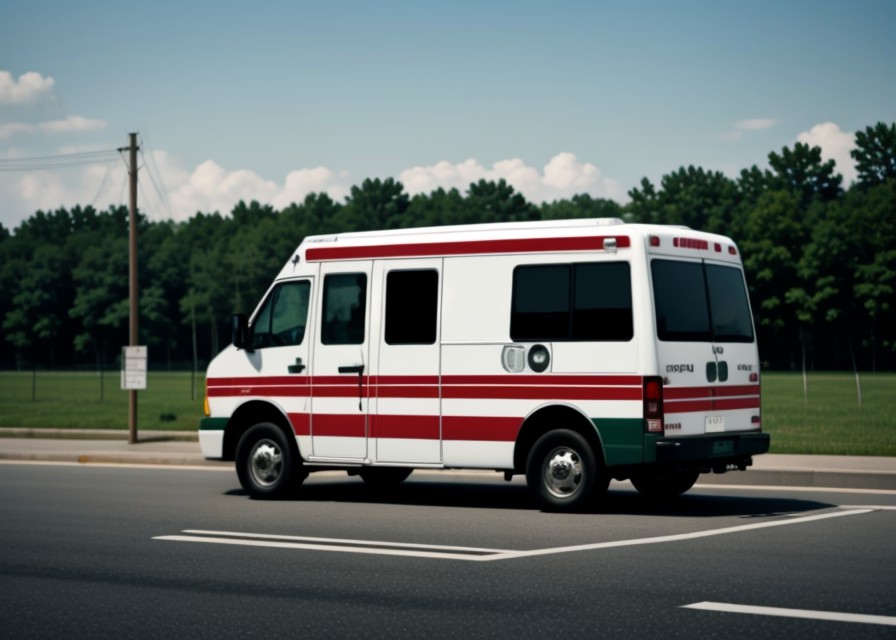
Financing Your Ambulance Purchase
Let’s talk money. How do you finance this investment? Here are some options:
Loan Options
Many financial institutions offer loans specifically for purchasing medical vehicles. Shop around for the best interest rates and terms that suit your budget. Banks and credit unions are common sources for such loans. Additionally, some lenders specialize in commercial vehicle financing and can provide tailored loan products for purchasing ambulances.
When considering a loan, it’s crucial to evaluate the following:
- Interest Rates: Lower interest rates can save you a significant amount of money over the life of the loan.
- Loan Term: Shorter loan terms often come with higher monthly payments but less overall interest paid.
- Down Payment: A larger down payment can reduce the loan amount and potentially qualify you for better terms.
Leasing vs. Buying
If you’re not ready to commit to a purchase, leasing could be a viable option. This allows you to use the ambulance without a hefty upfront cost, though it may be more expensive in the long run. Leasing offers flexibility and often includes maintenance as part of the agreement, which can be a significant advantage.
Consider these factors when deciding between leasing and buying:
- Monthly Payments: Leasing typically offers lower monthly payments compared to financing a purchase.
- Ownership: At the end of a lease, you do not own the vehicle, whereas buying allows you to build equity in the ambulance.
- Usage Needs: Leasing is ideal if you anticipate needing the ambulance for a specific period or project, while buying is better for long-term use.
Grants and Funding for Healthcare Providers
If you’re a healthcare provider, look into grants and funding options available from government or private organizations. These can significantly offset the cost of your purchase. Various grants are designed to support emergency medical services (EMS) and rural healthcare providers.
Researching potential funding sources can be time-consuming but worthwhile. Start by exploring:
- Federal Grants: Agencies like the Department of Health and Human Services (HHS) and the Federal Emergency Management Agency (FEMA) offer grants for EMS providers.
- State and Local Grants: Many states have grant programs aimed at improving local healthcare services.
- Private Foundations: Organizations like the Robert Wood Johnson Foundation provide funding for innovative healthcare solutions.
Converting an Ambulance for Other Uses
Believe it or not, ambulances aren’t just for emergencies anymore! Here are some creative ways people are repurposing these vehicles:
Mobile Clinics
Transform an ambulance into a mobile clinic to provide healthcare services in remote or underserved areas. It’s a fantastic way to make healthcare accessible to all. Mobile clinics can offer various services, including vaccinations, routine check-ups, dental care, and more.
Setting up a mobile clinic involves:
- Interior Modification: Customize the interior to include examination rooms, waiting areas, and necessary medical equipment.
- Licensing and Permits: Ensure compliance with local healthcare regulations and obtain any required permits.
- Staffing: Hire qualified medical professionals to provide care on-the-go.
RVs and Tiny Homes
With some creativity and elbow grease, an old ambulance can be converted into a unique RV or tiny home on wheels—perfect for adventurous spirits! Ambulances are already equipped with essential features like electrical systems and storage compartments, making them an excellent starting point for conversion projects.
Steps to convert an ambulance into an RV or tiny home include:
- Planning: Design a layout that maximizes space and functionality. Consider adding sleeping areas, a kitchenette, and a bathroom.
- Construction: Remove existing medical equipment and install new features according to your design plan.
- Utilities: Ensure that plumbing, electrical, and heating/cooling systems are properly installed and functional.
Specialty Transport Vehicles
Use an ambulance as a specialized transport vehicle for pets, sports teams, or even musical bands. The possibilities are endless! Specialty transport vehicles can be customized to meet specific needs, providing a safe and comfortable mode of transportation.
Ideas for specialty transport conversions include:
- Pet Transport: Equip the vehicle with kennels, climate control, and ventilation systems to safely transport animals.
- Team Transport: Customize seating arrangements to accommodate team members and equipment securely.
- Band Transport: Create storage spaces for musical instruments and sound equipment while ensuring comfortable seating for band members.
Maintenance and Upkeep of Purchased Ambulances
Owning an ambulance comes with its own set of responsibilities:
Regular Mechanical Checkups
Keep your ambulance in top shape with regular mechanical checkups. This will ensure it remains reliable and safe for use. Routine maintenance tasks include oil changes, brake inspections, tire rotations, and fluid level checks.
Regular maintenance not only prolongs the life of your vehicle but also prevents costly repairs down the line. Establish a maintenance schedule based on the manufacturer’s recommendations and stick to it diligently.
Upgrading Medical Equipment
Technology is always evolving, so consider upgrading the medical equipment periodically to keep up with current standards and practices. Staying updated with the latest medical advancements ensures that your ambulance is equipped to provide the best possible care.
When upgrading equipment, consider:
- Compatibility: Ensure new equipment integrates seamlessly with existing systems.
- Training: Provide staff with training on how to use new equipment effectively.
- Budgeting: Plan for upgrades in your budget to avoid financial strain.
Training Staff for Proper Use
Ensure that anyone using the ambulance is properly trained, especially if it’s being used for medical purposes. This guarantees both safety and efficiency. Regular training sessions help staff stay updated on best practices and new technologies.
Key areas of training include:
- Emergency Procedures: Train staff on handling various emergency situations efficiently.
- Equipment Usage: Ensure staff know how to operate all medical equipment correctly.
- Vehicle Operation: Provide training on safe driving practices and vehicle maintenance basics.
Conclusion
In summary, buying an ambulance is a decision that requires careful consideration but can offer tremendous benefits whether you’re in healthcare or looking to repurpose it creatively. By following these guidelines and doing your due diligence, you’ll be well on your way to making an informed purchase that meets your needs perfectly.
So why wait? Dive into this unique market and see what treasures you can find! Whether you’re expanding your fleet or embarking on an innovative project, there’s an ambulance out there waiting for you!

